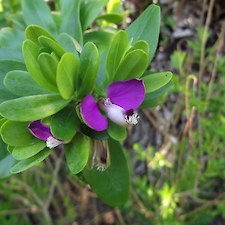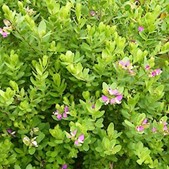Prior to human settlement, the islands of Ipipiri would have been covered in dense native forest, providing abundant food and habitat for all the creatures that lived there. After human settlement, each of the islands was increasingly cleared for farming, which was the primary land use of large parts of the islands up until the 1970s and 1980s.
Restoring the diversity and health of the ngahere (forest) is essential for providing food and habitat for our native wildlife, and re-establishing thriving, dynamic ecosystems on the islands.
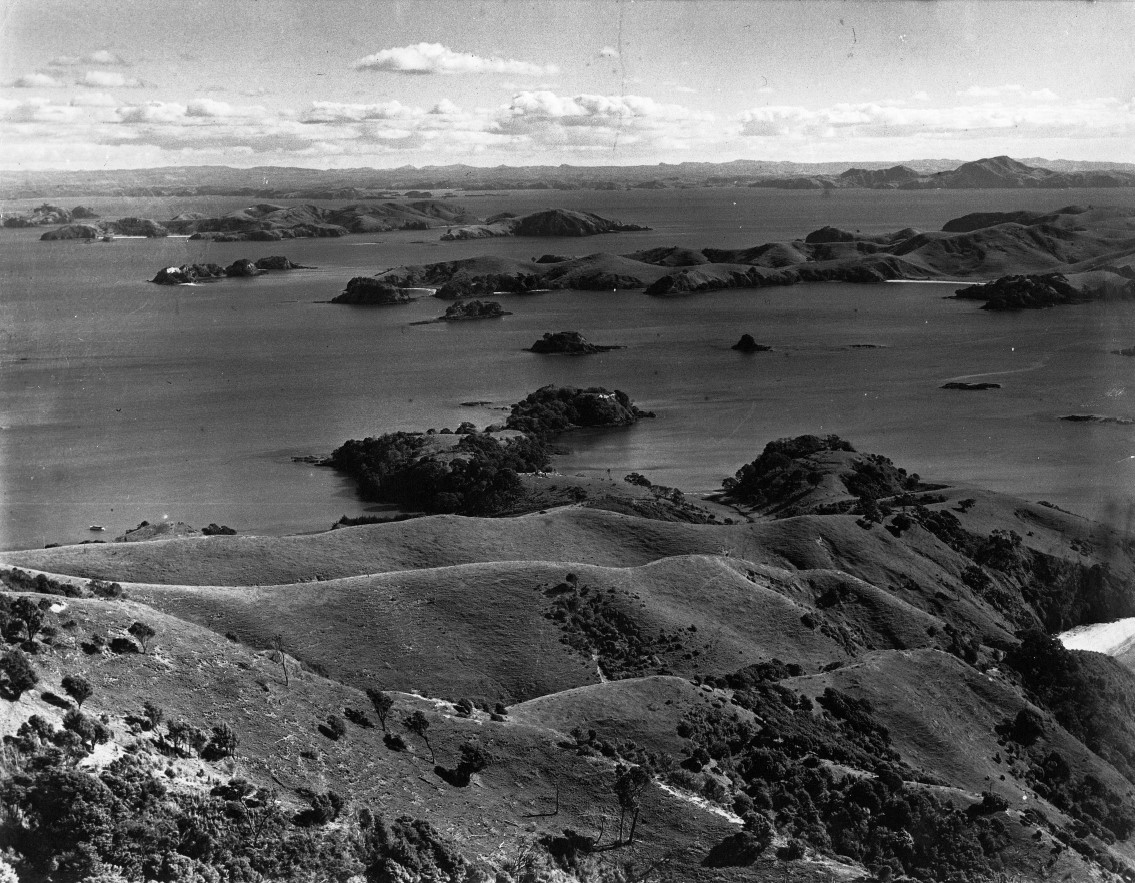
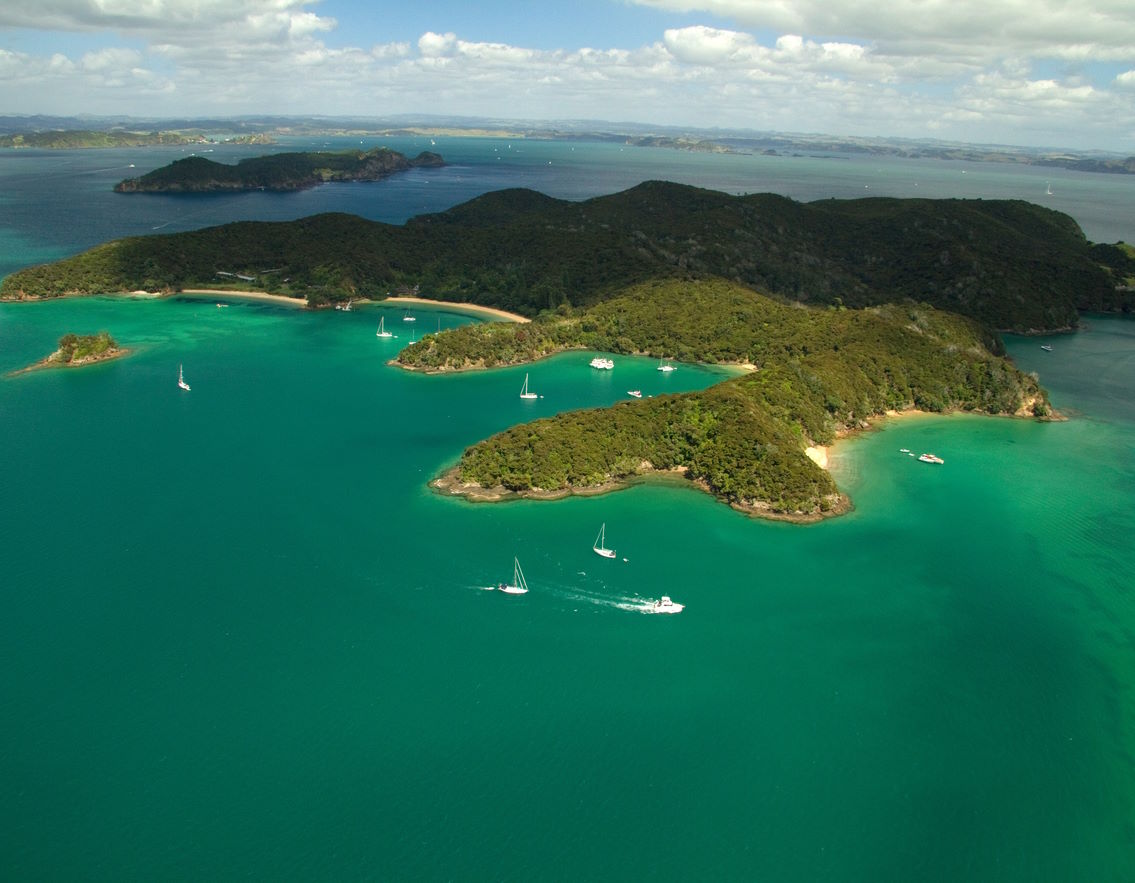
To give this habitat restoration a head-start, Project Island Song volunteers undertake annual planting events to support the natural process of Ipipiri’s regeneration.
Thanks to Project Island Song volunteers over 40,000 native trees have been planted on the islands since 2009. In addition, a huge thank you goes to the private landowners on the islands who have planted well over 100,000 trees on their properties.
Over 60 different species have now been planted, including the rare Koru (Colensoa physaloides) with its beautiful blue flowers and purple berries. Since 2003, the sheltered gullies of Waewaetorea, Urupukapuka and Moturua Islands have had native trees, shrubs and vines planted. These provide nectar, leaves, and berries that birds, invertebrates, and lizards feed on, as well as enhancing the habitat they live in, and are an integral part of regenerating the islands to their former glory.
Learn more about some of the native species we plant on the islands.
Kauri are among the world’s mightiest trees, growing to over 50 m tall, with trunk girths up to 16 m, and living for over 2,000 years.
Species such as the kukupa (wood pigeon), pīwakawaka (fantail), tūī (parson bird), riroriro (grey warbler) and the kotare (kingfisher) can all call the Kauri home. Another distinctive creature is the large kauri snail, a carnivore which feeds mainly on earthworms, slugs and soft-bodied insects.
Kauri dieback disease:
Phytophthora agathidicida (PA) is a fungus-type pathogen which damages the tree’s root system. It reduces the tree’s ability to take water and nutrients from the soil and transport it throughout the plant. This is sometimes referred to as kauri disease or kauri dieback.
There is no known cure, but we can help reduce its spread by avoiding any movement of soil around the roots of trees. That means making sure we stick to the tracks and have spotlessly clean footwear and any gear that might touch the ground.
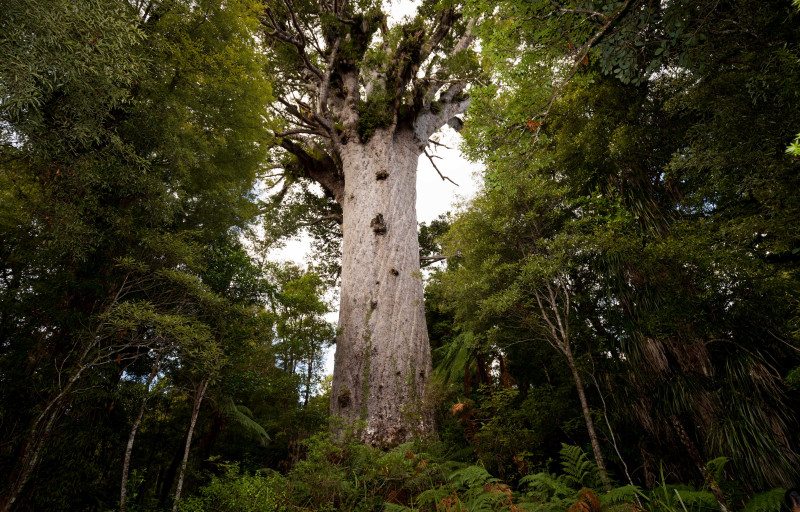
Kawakawa are a wonderful understory plant, its heart shaped leaves can be used for numerous remedies including toothache, on skin cuts to promote healing or even as an insect repellent if dried and burnt.
The leaves are a source of food for the kawakawa looper moth caterpillar and the fruit are eaten and dispersed by kukupa (wood pigeon) and tūī (parson bird). The fruit are delicacy for humans too, with a slight pawpaw taste, though the small black seeds have a peppery taste.
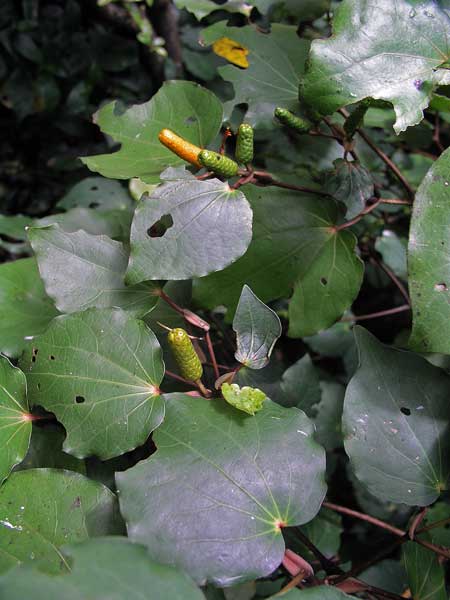
Māhoe are a great source of food, wētāpunga will feed on the fresh leaves and the berries are enjoyed by birds including the kukupa (wood pigeon) as well as geckos.
The māhoe provides a wonderful habitat, although the softness of the wood makes it prone to insect attacks, this creates useful holes for nesting birds and wētā.
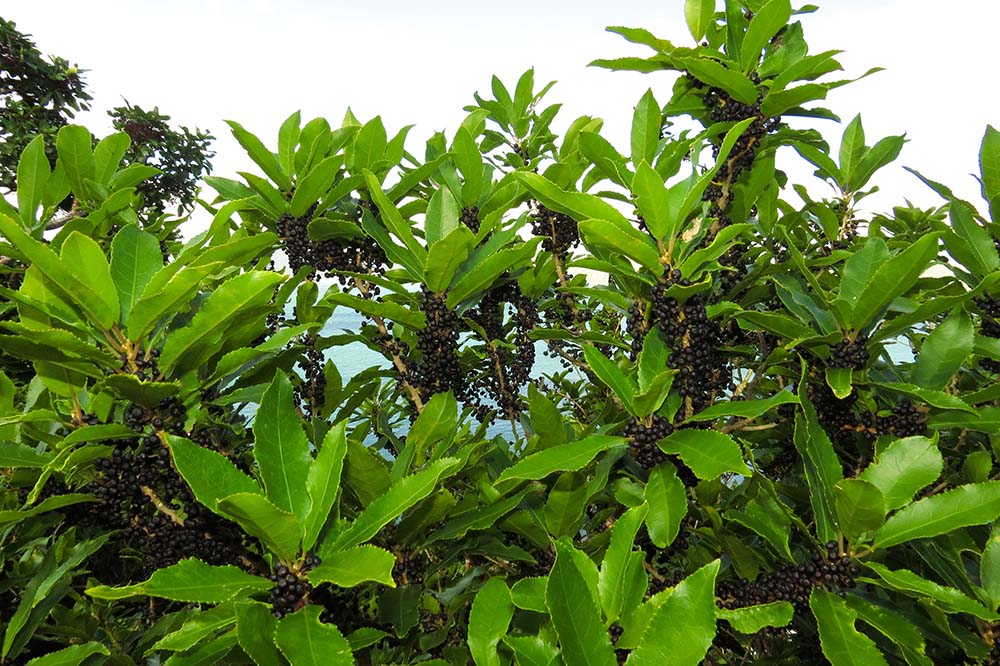
Kākābeak is named for its beautiful red flowers, which hang in clusters of 15-20 blooms and are shaped like a kaka’s beak. They can grow up to 3m tall and provide food for nectar loving birds like tūī (parson bird), tauhou (silvereye) and korimako (bellbird).
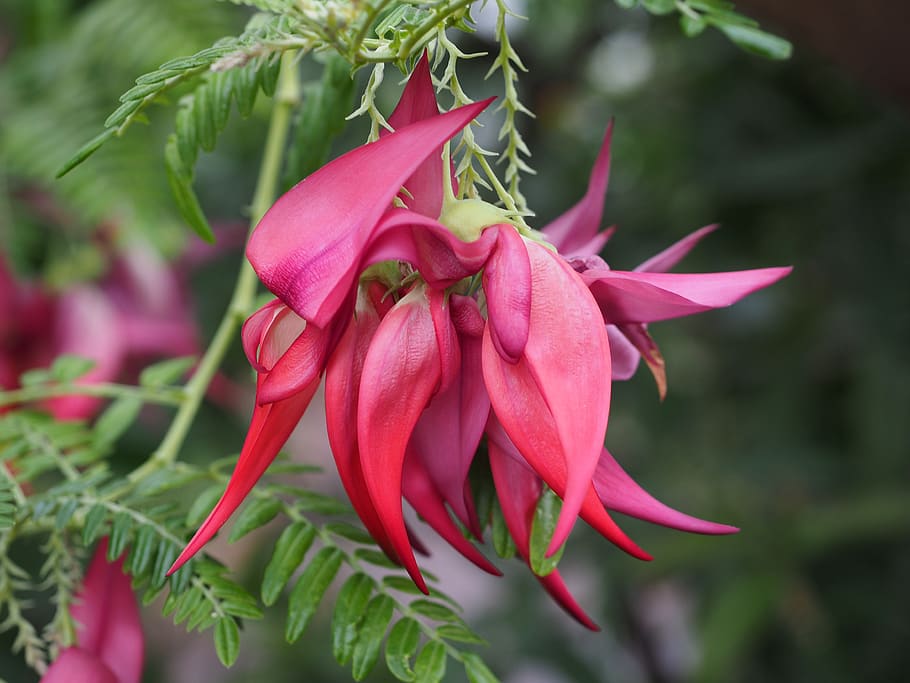
Tūī (parson bird), korimako (bellbird), tīeke (saddleback), geckos and several types of insects feed on the nectar from the flowers. Many fascinating insects will also go through their complete lifecycle on a flax plant.
Harakeke was an important fibre plant to Māori, and each pa or marae typically had a pa harakeke or flax plantation. The uses of the flax fibre were numerous and varied. Clothing, mats, plates, baskets, ropes, bird snares, lashings, fishing lines and nets were all made from flax leaves.
Although we call harakeke flax it is really a lily.

Rewarewa can grow up to 30m tall and is popular with nectar loving birds. In spring, rewarewa flowers produce abundant nectar enjoyed by tūī (parson bird), tauhou (silvereye) and korimako (bellbird) it’s also enjoyed by geckos.
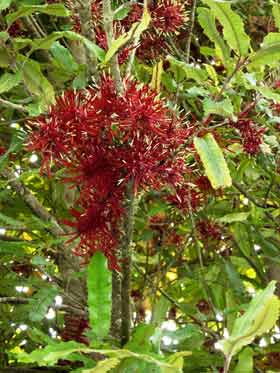
Mānuka and Kānuka are often the first species to grow in disturbed ground and can survive in harsh environments. This allows forest regeneration as once established they provide shade and shelter for understory plants.
Mānuka and Kānuka provide shelter for birds such as pīwakawaka (fantail) and tauhou (silvereye).
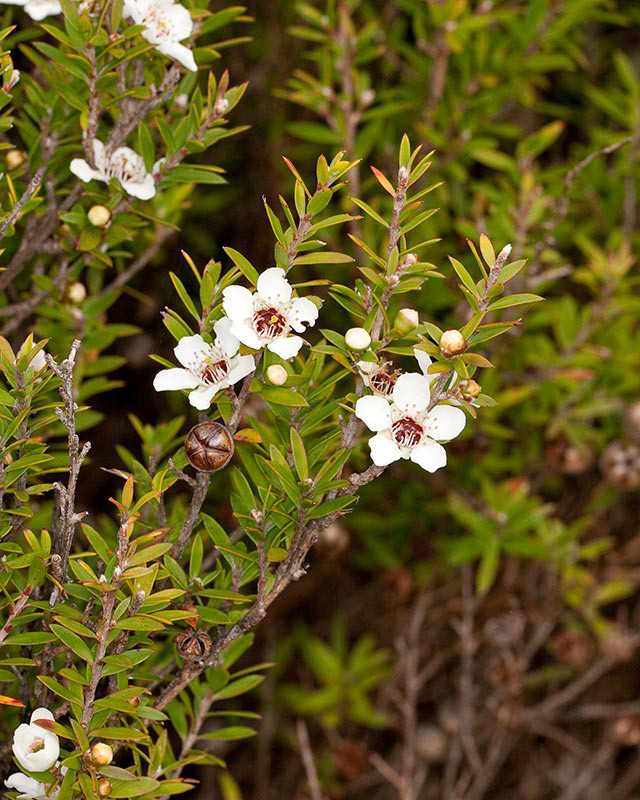
Tī Kōuka (cabbage tree) produce 5000-10,000 small white flowers each year which are followed by a small white fruit popular with nectar loving native birds including tūī (parson bird), kukupa (wood pigeon) and korimako (bellbird).
As the dead leaves fall, they surround the trunk just below the crown in sheltered areas, these fallen leaves raise the fertility of the soil when breaking down.
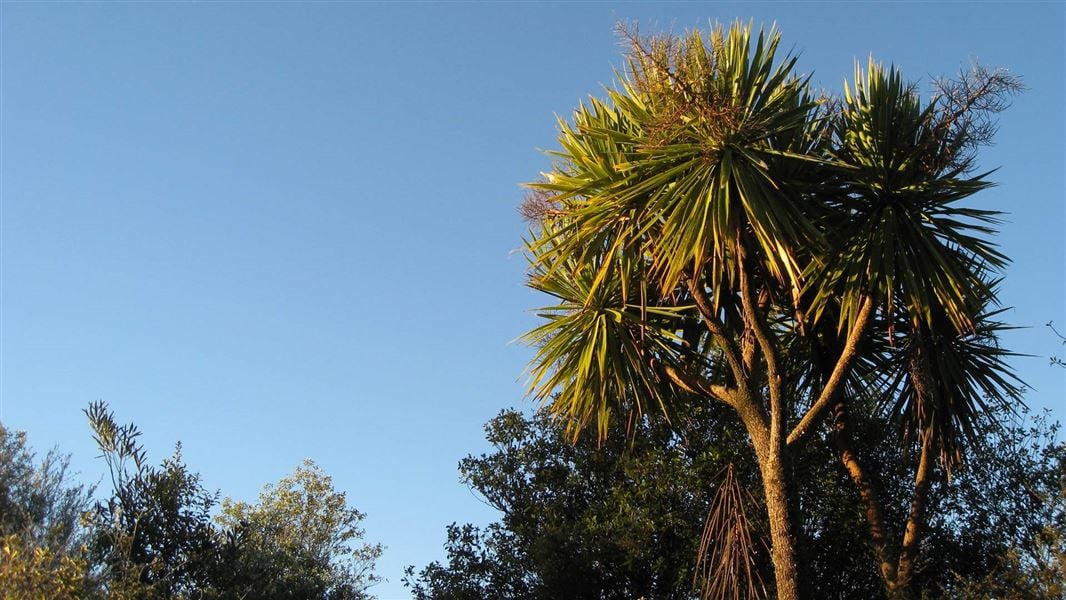
Kōwhai trees are named after their distinctive colour (kōwhai is yellow in Te Reo). These bright beautiful yellow flowers provide food for nectar loving species such as tūī (parson bird) who will fly great distances to find it and will also defend it aggressively.
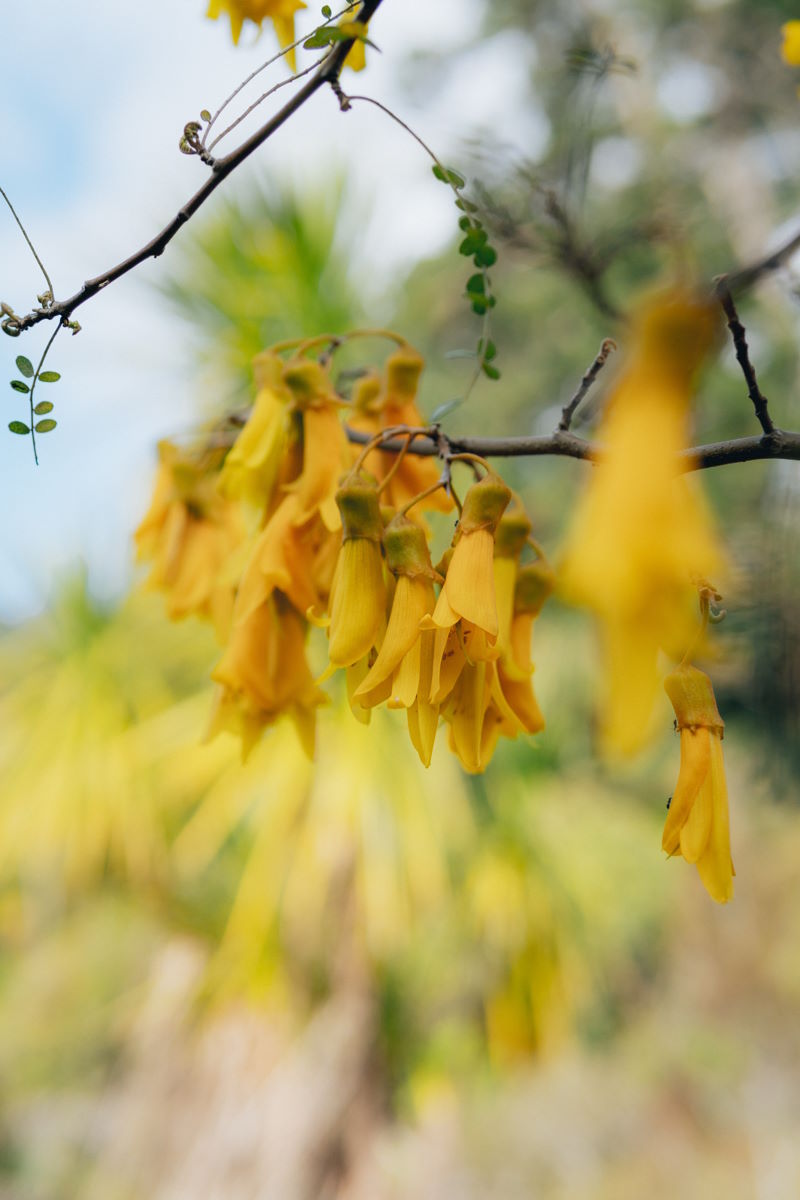
Kohekohe flowers are a fantastic source of floral nectar for tūī (parson bird), korimako (bellbird) and hihi (stitchbird).
After flowering, fruit is produced in the form of a green capsule the size of a gold ball. A bright orange jelly covering the seed is then seen when the fruit capsule is ripe and breaks up. These make a great source of food for numerous birds including kukupa (wood pigeon) and kōkako.
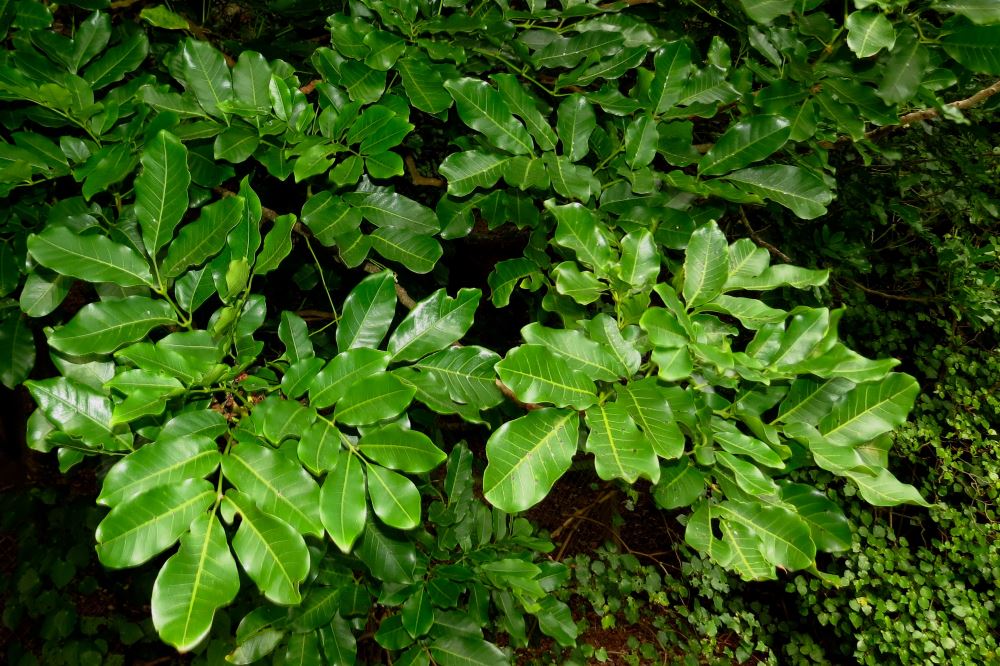
Another essential way that we support forest regeneration is by removing invasive weeds from the islands.
Numerous invasive weed species are present as a legacy of farming activity, as well as from weed seeds introduced to the islands by the wind, birds, and human visitors.
Controlling these pest plants is an essential part of helping native plants to become re-established and supporting all our wildlife to thrive.
Would you like to support our forest to regenerate? Our volunteer Weedbusters team do vital work across all the islands of Ipipiri and helping out is a great way to explore the islands and spending time out and about in nature. Click here to find out more about the role and sign up to get involved!
Learn more here about the most common weeds we’re tackling on the islands or check out our Weed Management Strategy in full.
Family: Solanaceae (nightshade)
Major Threat to the islands
Originally from South Africa
It grows and matures rapidly, forming dense tall stands and producing many well-dispersed seeds most of year. Allelopathic (produces toxins that poison the soil), inhibits regeneration. It tolerates wet to dry conditions, salt, all well-drained soils, hot to cool temperatures, semi-shade, damage and grazing.
It spreads through birds, especially native pigeons, spreading the seeds. Common seed sources are gullies, roadsides, neglected farms, waste land.

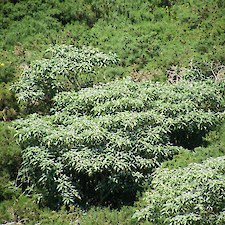
Family: Phytolaccaceae (inkweed)
Major threat to the islands
Originally from the Tropical South & Central America
Inkweed grows and matures quickly, producing many well dispersed, long-lived seeds. It tolerates damage, wind, fire, all loose soils, and wet to moderately dry conditions, but is intolerant of deep shade, deep humus and heavy frost. It’s toxic, so stock avoid it.
Birds, soil and occasionally water movement spread the berries containing the seeds. Seed sources include infested waste places, neglected crops, and disturbed, burnt or sprayed farm or conservation land.
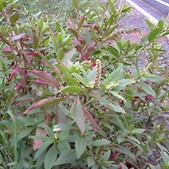
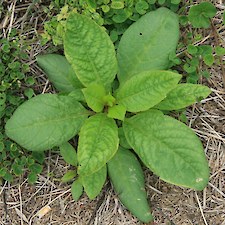
Family: Asteraceae (daisy)
Major threat to the islands
Originally from Mexico/West Indies
It grows very densely and overtops groundcovers, is long-lived, quick-maturing, and produces a large number of highly viable, well-dispersed (probably short-lived) seed. Drooping stems can also take root in wet sites wherever they touch the ground. Can tolerate deep shade and damp, damage and grazing, salt, and most soil types, but is limited by dry conditions and frost. Poisonous, so usually shunned by livestock.
Seeds travel through the wind and also by water. Seed sources include roadsides, rivers, quarries, plantation forest, and reverting pasture.
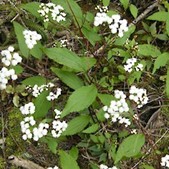
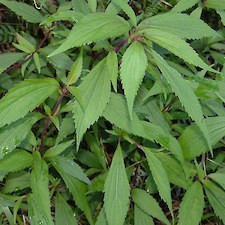
Family: Zingiberaceae (ginger)
Major threat to the islands
Originally from the Himalayas
It’s extremely shade-tolerant, tolerates most soil types, good or poor drainage and fertility, and is drought and frost tolerant once established. Long-lived, fast growing and forms deep rhizome beds. Moderate amount of seed produced that are dispersed widely, and rhizomes resprout from any fragment and can survive immersion in the sea, crushing, and years away from soil.
Birds and possibly possums spread the seeds. Rhizomes spread slowly outward from clumps, and new plants are established from rhizome fragments spread in dumped vegetation and fill, and by soil movement, flooding, and contaminated machinery.
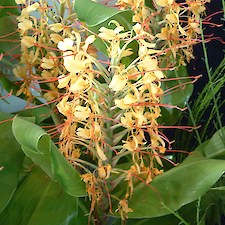
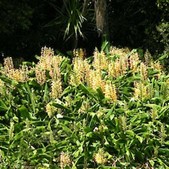
Family: Poaceae (grass)
Major threat to the islands
Originally from Central Africa
Kikuyu grows rapidly, and scrambles over or creeps under most plants, forming mats. Tiny fragments are effectively dispersed. Tolerates wet to serious drought conditions, hot to moderate cool, salt, wind, damage and grazing, and most soils. It is intolerant of moderate frost and shade, but will extend rhizomes and stolons 3+ m into heavy shade from well-lit sites.
Stolon and rhizome fragments, rarely by seeds. Seeds can be spread by livestock in their dung, and seed and fragments are spread by contaminated machinery and boots, dumped vegetation, soil movement, and road graders.
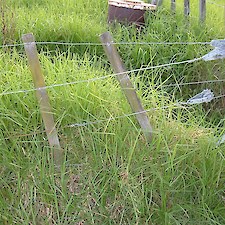
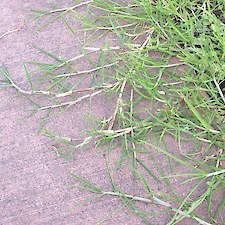
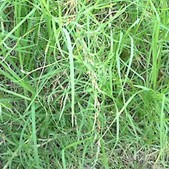
Family: Asteraceae (daisy)
Major threat to the islands
Originally from South Africa
It’s fast growing and has a dense smothering habit. Distributes many wind-blown seeds long distances. Prefers open, damp sites but partially shade and drought-tolerant, and will grow in most soil types throughout New Zealand.
Seeds spread by wind and in dumped vegetation and soil movement. Common sources are gardens, waste places, roadsides and bush edges.
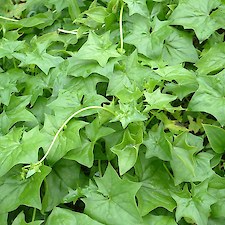
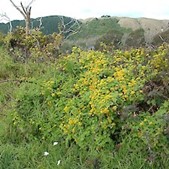
Family: Fabaceae (pea)
Major threat to the islands
Originally from West Australia
Fast growing and maturing, and produces many long-lived seeds. Tolerates high to low rainfall, poor soils, salt, wind, and low fertility (fixes nitrogen). Tall, rapidly establishing stands overtop low-growing vegetation, but native forest species establish under wattle so impacts are usually confined to open and low-growing vegetation types.
Contaminated soil and gravel, fresh and salt water movement all spread seeds. Common seed sources are hedgerows, shelterbelts, gardens, roadsides, and waste areas.
Family: Asclepiadaceae (asclepia)
High priority for the islands
Originally from Brazil, Argentina, Paraguay, Uruguay
It’s a high priority for the islands because of its rapid growth to canopy, forming large, heavy, long-lived masses. It produces masses of viable seeds that can drift long distances on air currents. It is tolerant of shade, very tolerant of drought or damp, wind, salt, many soil types, and damage, but is frost tender. Moth plant is poisonous and irritant-inducing.
Wind spreads the seed from gardens, roadsides, orchards, hedges, plantations, vacant and industrial land.
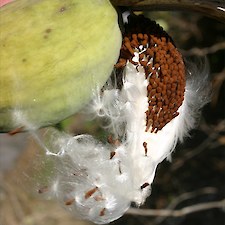
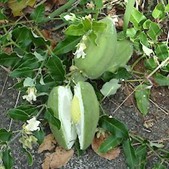
Family: Convolvulaceae (bindweed)
A priority for the islands
Originally found throughout tropical areas
It’s a priority weed for the islands because of its very fast growth rate, longevity, dense smothering habit and ability to climb to top of high canopy makes this the dominant vine wherever it occurs. It tolerates hot to cool temperatures, and damp to dry conditions.
Creeping stems spread this plant locally, and stem fragments are moved in dumped vegetation. Sources are gardens and wasteland.
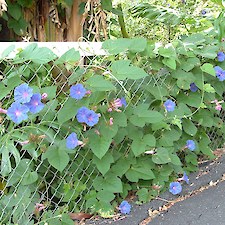
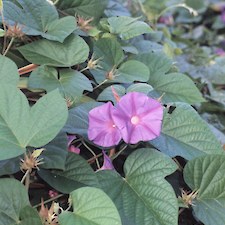
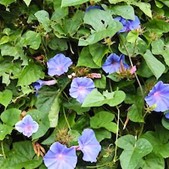
Family: Asteraceae (daisy)
A priority for the islands
Originally from South America
This weed has a dense habit, it overtops groundcovers and small shrubs, long-lived, quick maturing, and produces many highly viable, well dispersed (probably short-lived) seed. Drooping stems can take root where they touch the ground. Toxic, so usually shunned by livestock. It’s tolerant of moderate shade, damage and grazing, salt, most soils, drought and damp. Invades rough pastureland, strips of land along waterways, wetlands and roadsides.
Seeds travel a long distance by wind and are also spread in water.
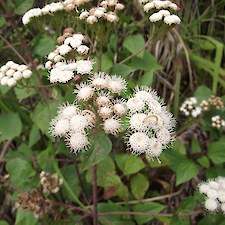

Family: Polygalaceae (milkwort)
A priority for the islands
Originally from South Africa
It’s fast growing, shades out low-growing coastal shrubs, and produces many, very long-lived seeds. It tolerates salt, wind, drought, hot to moderately cool temperatures, poor and rocky soil, fire, and damage, but intolerant of moderate shade and frost.
Seeds spread in soil and water movement.
